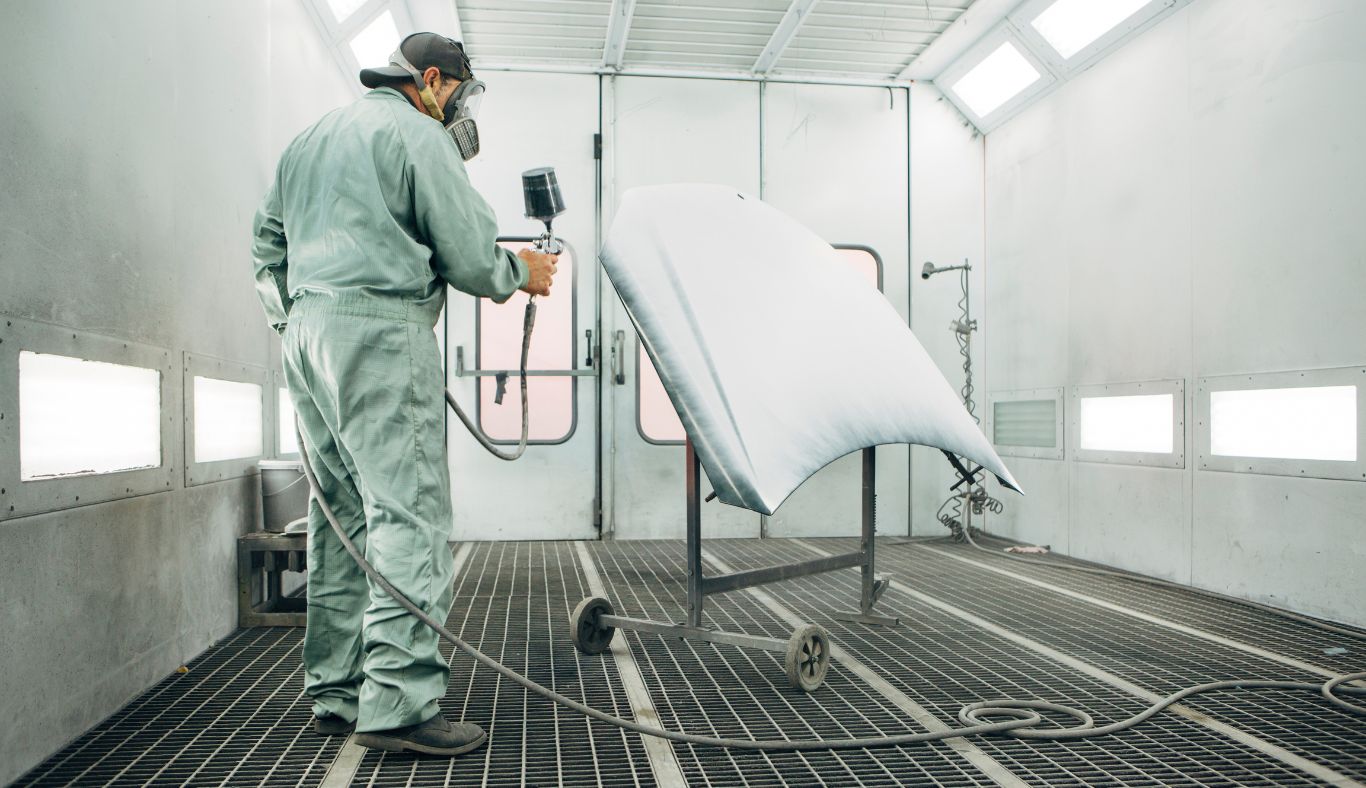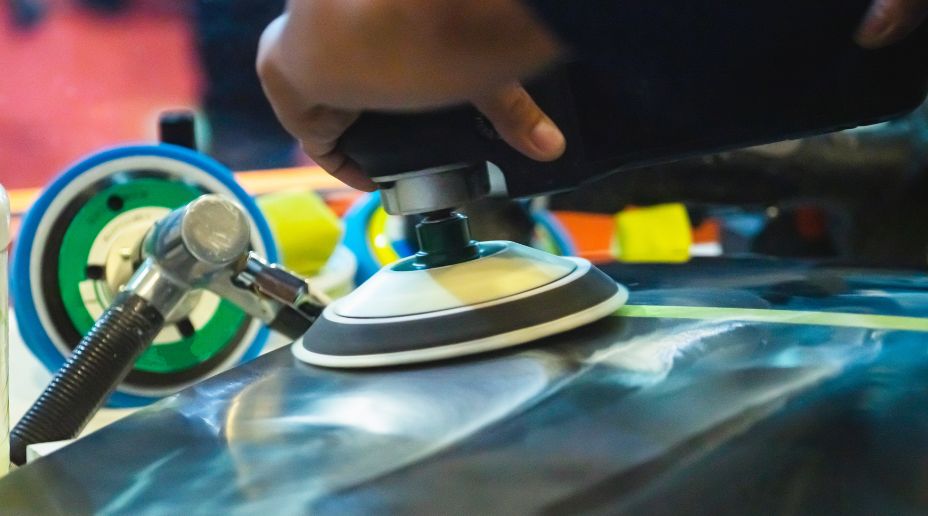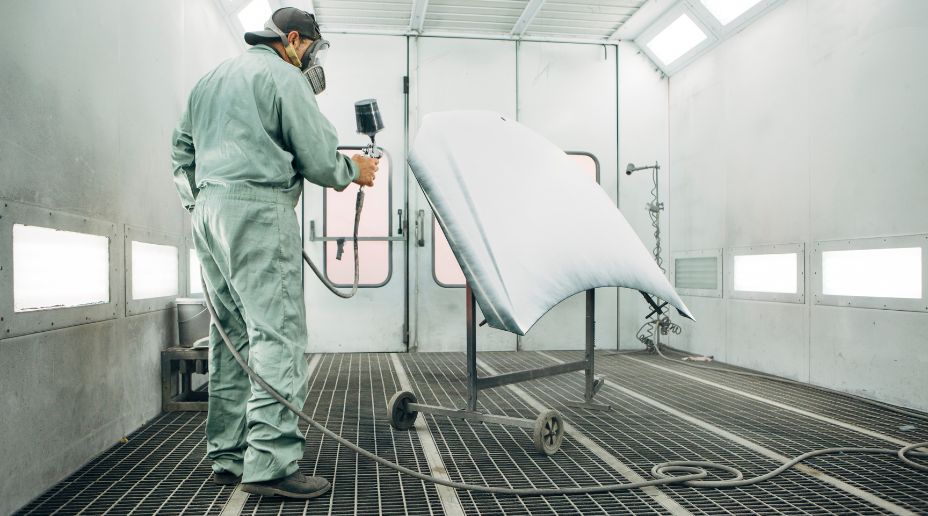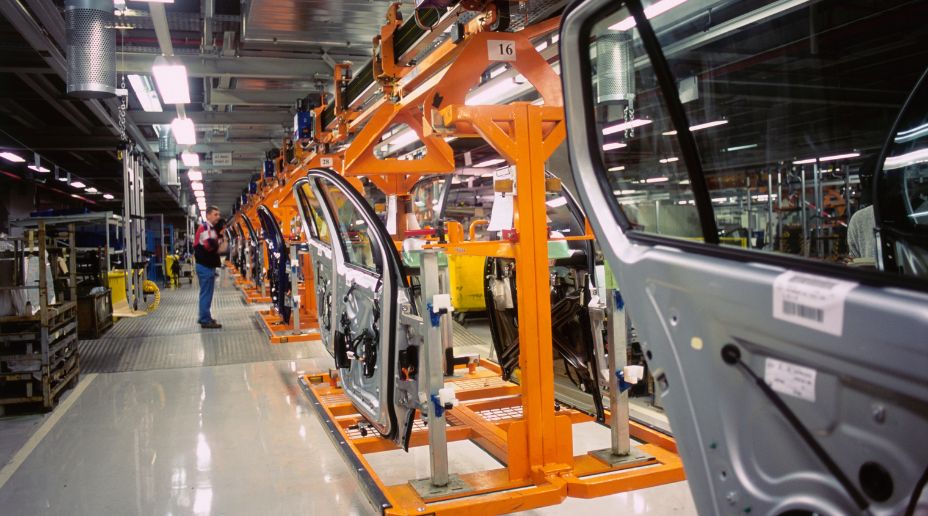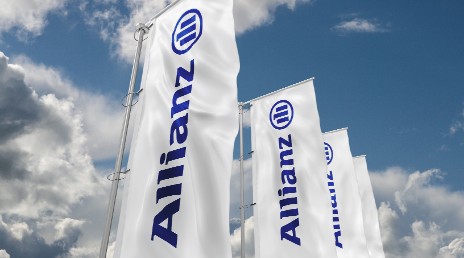A range of different factors are pushing up repair costs. As well as rising energy prices, material costs have increased, especially as availability came under pressure during the pandemic and, more recently, the war in Ukraine.
Advances in vehicle technology, especially around safety features, mean there are fewer claims but, when they do happen, costs can be higher. Parts are more expensive, and the skills needed to fit them can also be in short supply. This is exacerbated by the fact that motor manufacturers are producing vehicles in smaller numbers due to supply challenges so there’s little standardisation around these new technologies.
The increase of vans and electric vehicles on the roads also affects claims costs. Vans take up more space in a repair shop, limiting capacity, while the safety measures required to repair an electric vehicle can also restrict the other work that comes into the garage.
There’s also a significant skills shortage in the repair sector. Brexit, the pandemic, and the ageing workforce mean the sector is shrinking, with the Institute of the Motor Industry predicting 160,000 vacancies will need filling by 20312.
All these factors mean that repairs take longer, pushing up the cost of credit hire and the claim generally.
